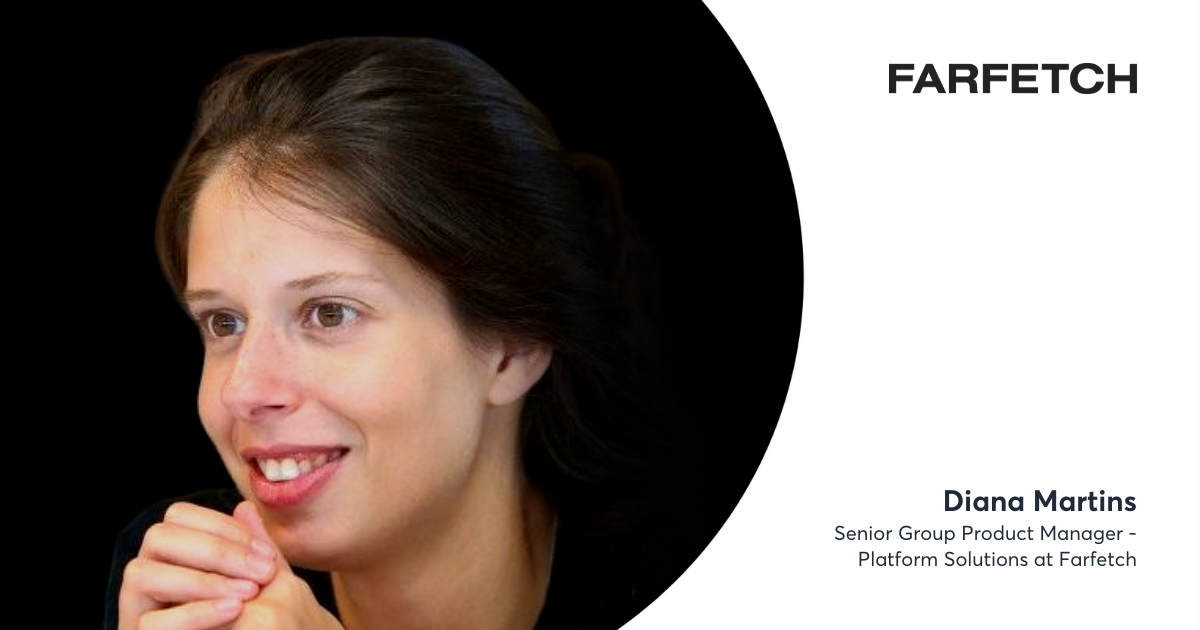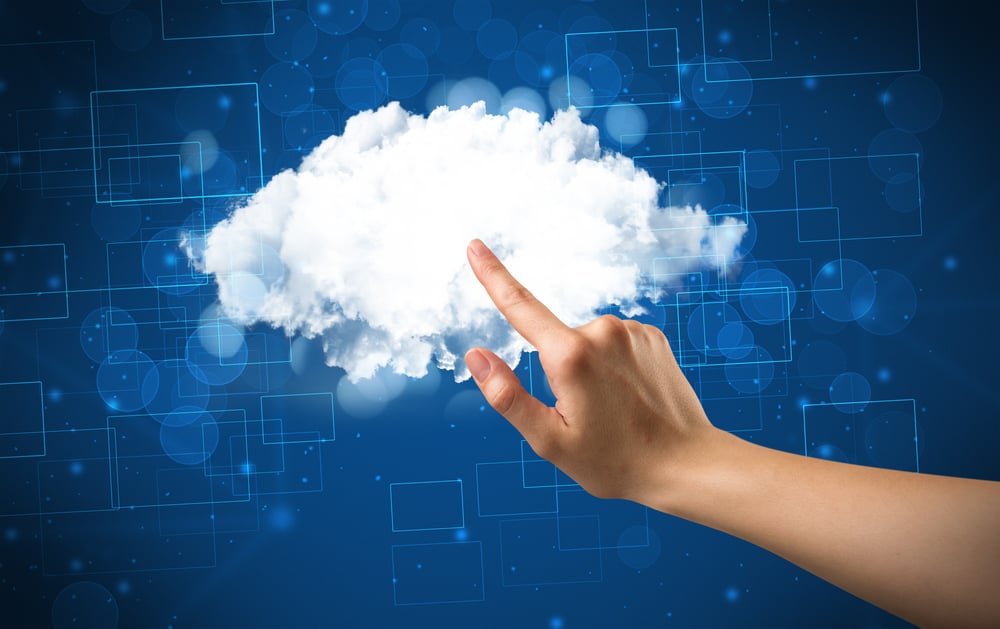How Geofencing Is Changing the Future of Retail

Across the course of the pandemic, we have seen the rising need for digitization transformation in retail.
As a result, many companies have raced to provide an updated service or app to meet customer demand and expectations.
One way that companies have done this is by investing in geofencing and location data. While this has existed for some time already, with the likes of the Domino’s order tracker and Uber, others have been hesitant.
In this episode of Disruption Talks, Nick Patrick, Co-Founder and CEO of Radar, discusses this in more detail. He shares his background and how he came to launch Radar, how geofencing works, and what he thinks ofthe future of retail.
What is geofencing in retail?
Geofencing is the use of location technology to create a virtual geographic boundary. It enables software or an app to trigger a response when a customer enters that boundary.
For example, a restaurant will be alerted if a customer is on their way to collect food. Alternatively, an app may unlock special in-store features if a customer enters a store.
Location-based services are just one part of the future of trends in retail, but other companies are going further to explore geofencing, automation, and the role of AR in retail.
Some believe that the future of reality will combine geofencing and AR as more mobile devices become wearables and customers expect a more digital-first, personalized shopping experience.
Filip Sobiecki: Can you give us an introduction to you and how you started Radar?
Nick Patrick: I am the product guy at Radar by trade and started out as a product manager in the tech space. I had experience building digital products and services originally. I found that location was a problem I faced early in my career, and I got some exposure to that at Foursquare.
We wanted to build this Uber-style, track-your-service provider where we could see them on a map, and so on. That’s when I realized the potential of building location-based experiences, but also the challenges of it. That’s what ultimately led me to co-found Radar.
What is your personal “why”? What gets you up in the morning?
I love to build things, whether that’s a digital product or something else. What’s so exciting about Radar is that we’re empowering people to build great experiences on top of our platform.
How did your experience working at Foursquare influence you on your path to Radar?
It definitely influenced my thinking about the opportunities in this space. I wasn’t there for a long time, but I got exposure to the consumer experiences that you can build with location.
I realized we could help customers find interesting things nearby or communicate with friends based on location. I also looked at how some of the leading brands are using location.
One way brands are doing this is through the quick service restaurant (QSR) model. This is where you would order a meal on the way to a restaurant, and they could check your location and start prepping your food. Then, once you arrive, you get it straight away in the drive-thru or curb-side.
Are we just at the beginning with this technology? What do you see on the horizon?
I think COVID accelerated a lot. We’re just starting to see the light at the end of the tunnel with COVID, but customers still really value speed and convenience as well as safety.
Location is a great tool to deliver convenient, safe, digital experiences that we’ll see more of in the future.
Could you give us a basic rundown of the pillars or Radar, such as geofencing, APIs, beacons, and so on?
We're really focused on helping people build great app experiences with location. This can take a number of forms, such as changing the app experience to show content or messaging based on where you are.
Then there’s arrival and visit detection, which is understanding when somebody is arriving at a place or visiting a place. For a retailer, this opens up lots of opportunities. When a customer enters a store and their phone buzzes, they may see scan and pay features or loyalty programs on their app. Maybe they’re asked how their experience was on their way out.
If you're placing an order for pickup or delivery, location tracking can be useful to let retailers know when you’re coming to the store.
We have a bunch of different developer tools and capabilities that serve as building blocks. For example, you can set up custom geofences around the store or even parts of the parking lot.
If you want to do really precise indoor use cases, and you're able to deploy Bluetooth beacons, you can register those beacons inside of Radar.
We're building great product experiences with location, improve operations, and increase engagement.
We offer very developer-friendly, privacy-first building blocks to do that.
Why do you think some industries are quick to jump on this technology, whereas others are hesitant?
Some segments see it as a core competency and built location in V1 of their app. For example, Uber wouldn’t exist without location. Other segments have historically underinvested, and I think that’s a technology thing.
It’s tough to build location-based experiences because you have to deal with challenges such as privacy, accuracy, battery efficiency, and also education in terms of what’s possible. So these companies will have to play catch up.
Can you tell us more about battery efficiency and why that’s important?
We talk about this Iron Triangle of accuracy, efficiency, and frequency. If you turn up the accuracy with location technology, you’re going to drain the device’s battery faster. If you request low accuracy, you won’t drain it as quickly. It’s a balancing act.
Can you talk a little about privacy? Are there are any trade-offs to privacy when it comes to location data?
One of the decisions we made early on at Radar is that we would never share latitude and longitudes with anyone else, even if they’re anonymized across customers. If two different retailers use the same platform, they have their own data siloed to them.
Privacy is a top priority for us. We don't share location data across devices or customers.
What can we expect to see in the next few years regarding location-based services?
I think in brick-and-mortar retailers and restaurants, the value of things like order ahead, arrival detection, smarter messaging is going to become undeniable.
We’ll soon see every brick-and-mortar company investing in digital.
I think you're going to see the smartest digital-first and brick-and-mortar companies use location to reach their customers, or their potential customers, at the right place at the right time.
If you were to use a magic wand to make sure every 12-year-old in the world is taught a specific skill, what would it be?
I would say learn to code. I was lucky enough to learn to code at an early age. I think code and design thinking are important because things in the world are getting messier and more challenging. That ability to organize your thoughts, daily lives, and bring order to chaos is very important.
What is your decision-making process?
We think about the short term and long term. In the long term, we have this vision that we articulate and ensure we’re methodically working towards it. It might take us five or ten years to get there.
We have some pretty ambitious growth goals that we want to hit. In the short term, we basically ask ourselves, “what are the highest leverage things we can be doing to achieve those goals?” We try to unemotionally look at what's working really well or not working well, and just channel all of our energy there.
This discussion is part of our Disruption Talks recordings, where we invite experts to share their insights on winning innovation strategies, the next generation of disruptors, and scaling digital products. To get unlimited access to this interview and many more, sign up here: www.netguru.com/disruption/talks







